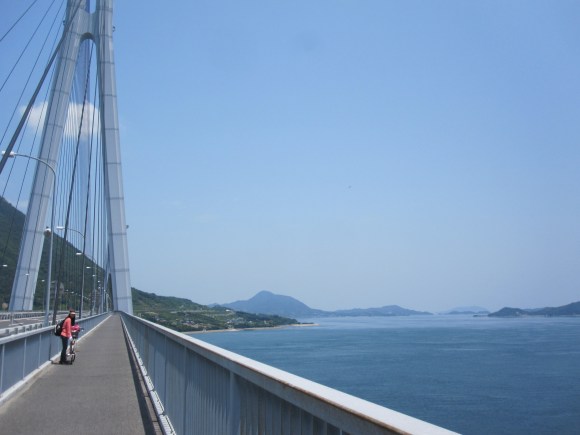
Between the mentally satisfying sense of accomplishment and physical exhaustion of spending a whole day crossing three islands by bike, plus the after-dinner beer we treated ourselves to, we slept like babies after covering 30 kilometers of the Shimanami Kaido cycling course on day one. We still had more than half the distance to go before we were back on Japan’s main island of Honshu, though, and between us and our destination in Hiroshima Prefecture lay breathtaking vistas, historical artifacts, delicious food, and even a dinosaur.
We recently journeyed by rental bike across the beautiful Shimanami Kaido, the cycling road that island hops across Japan’s Inland Sea between Ehime and Hiroshima Prefectures. If you missed the first day of our 70-kilometer (45.5-mile) ride you can find it here, or read on for the second and final day of the trip.
1. Omishima Island
With the morning light trickling in through the windows, we rose off the futon spread out on the floor of the room at our inn. We headed downstairs for breakfast, which was a mixed Japanese/Western-style set featuring yogurt, ham, pickles, a soft-boiled egg to pour over rice, and miso soup with enough mushrooms to make you shed tears of either joy or bitterness, depending on your personal feelings about edible fungi.
▼ RocketNews24 travel tip: If you hate mushrooms, try finding a spouse who’ll eat them for you.
But while a good night’s sleep and a healthy breakfast are great ways to end and start the day, respectively, there’s only so much they can do to alleviate the aching muscles that come from several hours atop a bike, and after finishing our meal we climbed back up the stairs to rest our creaky joints a little bit longer, before finally getting on the road a little around 11:30 a.m.
Omishima is the last island on the Shimanami Kaido in Ehime Prefecture, which is famous for the mandarin oranges called mikan in Japanese. The cycling course goes by a number of orchards, and as we rode past them in late May, we were greeted by the sweet scent of the trees’ flowers, which happened to be blossoming at the time.
Following the blue line in the pavement that clearly marks the course, we soon saw the bridge that would take us over to the next island. Since we’d spent so much time loafing around in the morning, though, we were starting to get hungry again. Thankfully, at the foot of the bridge is a rest stop, and we popped in for lunch.
▼ Since we were still in Ehime, there was a huge selection of orange juice.
Spending two days biking along the ocean will give anyone a serious seafood craving, so we paired the sweet mikan juice with a sea bream cutlet burger, since the prized fish is another delicacy the Setonaikai Inland Sea is known for.
With that, it was time to say good-bye to Ehime, so we started the gentle, winding approach that rose the 40 meters (131 feet) from sea level to the bridge across the strait to Ikuchijima Island.
As with all the toll bridges on the Shimanami Kaido, you either place the coins into the collection box, in this case 100 yen (US$1), or toss in the pre-paid vouchers available from the same cycling terminals that rent bikes along the course.
Waiting at the top is a gorgeous view back towards Ehime. Surprisingly, there’s no giant placard welcoming you to Hiroshima Prefecture at the exact border about three-fourths across.
What there is, however, is a set of wooden clappers underneath a pair of towering girders.
Banging them together creates a strange warbling echo. The written instructions say you can also produce the same effect by clapping your hands, but we didn’t have any luck with this method.
▼ What does work great, though, is shouting the name of a loved one right here.
2. Ikuchijima Island
Once on the other side of the bridge, we were finally in Hiroshima Prefecture. Even most Japanese people aren’t particularly familiar with the name Ikuchijima, but what they do know, though, is Setoda, the largest residential enclave on the island that also produces more lemons than anywhere else in Japan.
We’re not sure who drew the citrusy line in the sand that stipulates Ehime handles oranges and Hiroshima does lemons, but regardless, as soon as you cross the bridge to Ikuchijima, the Shimanami Kaido slices around and through a multi-leveled terraced lemon farm.
As the road leveled out by the shoreline, we came across a table set up by representative of the local Oba-san Kai, or Auntie Association. While they’re not out there every day, we were lucky enough that on the date we rode by, they were handing out slices of lemon, soaked in honey, that you eat rind and all.
This is actually a common snack for athletes in Japan, usually eaten during a break in the middle of or just following sports practices or competitions. We’re not sure we’d want to eat an entire lemon like this, but the sample of Setoda produce we tried had a pleasantly tart kick.
Ikuchijima is also where you’ll find the westward-facing Sunset Beach, by far the nicest patch of sand along the often rocky coastline of the Shimanami Kaido.
There’s another rest stop/cycling terminal here, where you can sit in the shade, watch the waves, and, you guessed it, pick up more lemon-related foodstuffs, including refreshing lemon ice cream…
…decadent lemon cream cake…
…and the intriguing lemon hot sauce Lemosco, all of which are made by companies based in Hiroshima.
We were back on our bikes at 1:30 p.m., with about an hour to go until the next bridge. As we got closer to our eventual destination of Onomichi on Honshu, the neighborhoods started to get more developed, although there were still plenty of signs of the slow-paced country lifestyle.
We’re not sure if the approach to the next bridge was steeper than those that had come before it, or if our legs were just starting to feel the effects of all the hours of pedaling. Either way, we ended up walking a large portion of it.
▼ The experienced cyclists who zoomed past us didn’t seem to have any problems, though.
3. Innoshima Island
Innoshima isn’t famous for any type of citrus fruit, nor does it have a sandy beach or relaxing hot spring. That didn’t matter to us, though, because you know what it does have? A pirate castle.
Dedicated to the Murakami Suigun, the band of marine warriors alternately referred to as a navy and pirates who controlled the Inland Sea during Japan’s feudal era, the Innoshima Suigun Castle was one of the things we were dead-set on seeing while biking the Shimanami Kaido.
▼ Some of Innoshima Island’s non-samurai/pirate-related scenery
You don’t became a success as a pirate without also being crafty, though, and little did we know that there was a trap waiting for us to fall into. The tourism map listed the castle as one of the sites to see along the Shimanami Kaido, so we were confused when we came to an intersection where the blue line marking the course went straight ahead, while a sign by the roadside indicated to turn right for the Suigun Castle.
A right turn, though, led to an incredibly steep uphill road. As luck would have it, that same day there was a timed cycling fun run along the Shimanami Kaido, and standing at the intersection was a staffer. Figuring he’d know the local geography better than anyone, we asked if turning right would indeed get us to the castle. He told us it would, and that we’d first go up the hill, down a ridge, and find it on the other side.
So we started biking briskly up the hill. Then biking slowly. Then walking. And finally, trudging upwards, pushing our bikes, with the afternoon sun beating down on us. After more than 30 minutes of this, with still no site of the crest of the ridge we needed to get over, we finally gave up and turned back around to rejoin the cycling course back at the intersection where we’d stopped and asked for directions.
▼ The elusive Innoshima Suigun Castle
Several kilometers down the road, we came to a different sign indicating to make a right turn for the castle, and finally things became clear. The first route, that goes up and over the mountain, is for visitors arriving by car. If you’re biking to the Suigun Castle, ignore the first sign, and wait until you come across the second one. That said, the detour off the main cycling course still involves the most prolonged inclines you’re likely to encounter, and you should allow 40 to 60 minutes to get to the castle and then back.
Admission is 310 yen per person, which grants you access to the single room displaying the collection of arms and armor used by the Murakami Suigun. They’re definitely impressive, especially the helmets, but even as someone whose job description includes “writing about samurai,” I was in and out in about 15 minutes, since the whole “castle” is just two small turrets, the second of which is a small museum related to ships.
Photography is prohibited, though, so if you want to see that nifty set of headgear, you’ll have to stop by in-person. Honestly, though, you could find similarly satisfying displays inside many of Japan’s more conveniently located castles. Considering how far off the Shimanami Kaido the Suigun Castle is, we’re not really sure it justifies a visit unless you’ve got tons of time to kill, and even if you do, the cycling course goes right by a seaside park with a giant statue of a Brontosaurus.
▼ Why is this not on the tourist maps?!?
4. Mukaishima Island
Finally back on track, we crossed the bridge to Mukaishima, the last island before Honshu. Unfortunately, our pirate misadventure on Innoshima had cost us a lot of time, leaving us with precious little daylight.
If there’s one section of the Shimanami Kaido to buzz through in the evening, though, it’s Mukaishima. There aren’t any major sites to see, but since the course winds around the western edge of the island, you’ve got a great view of the sunset as you push on through the final stage of your trip.
Picturesque as it was, however, we had a problem. The very last cycling terminal, located on Honshu near the Onomichi train station, closes at 6 p.m., but it was 5:40 by the time we crossed over to Mukaishima. There was no way we were going to make it in time.
Thankfully, rental bikes can be returned to any of the cycling terminals along the Shimanami Kaido. Oddly enough, the second-to-last terminal, located behind the Mukaishima Community Center, is open until 7 p.m., and we rolled up to it with about 25 minutes to spare.
Disappointed we’d come so far just to fall one step short of our goal, we decided that if we couldn’t bike the last portion of the course, we’d at least walk it. As we turned in our bicycles, we asked the friendly staff for directions to the bridge over to Honshu.
“Oh, there’s no bridge to Honshu,” they told us. “If you walk 200 meters down the street, you’ll come to the port where everyone catches the ferry to Onomichi”
▼ Hold on, there’s no road that goes from Mukaishima to Onomichi?
It turns out that the only way to make the last portion of the trip is by boat. Even if you’ve got a bike, you have to roll it onto the ferry with you for the five-minute, 110-yen cruise to Japan’s largest island.
We hate to declare victory on a technicality, but if there’s no more solid surface to ride on, we think we’re justified in saying we biked the whole cycling road. Especially when the absolute last terminal at Onomichi Port is a piddly 100 meters down the sidewalk from where you get off the ferry at.
So that’s it, we’re saying we did the whole Shimanami Kaido. And after 70 kilometers of natural beauty and memorable meals, we’re saying you should too.
Related: Shimanami Kaido English Website
Photos: RocketNews24

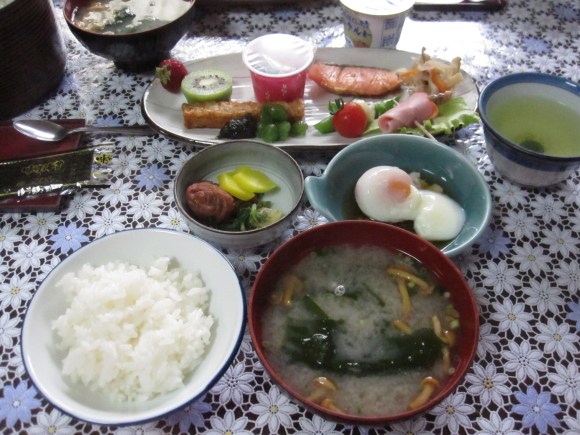
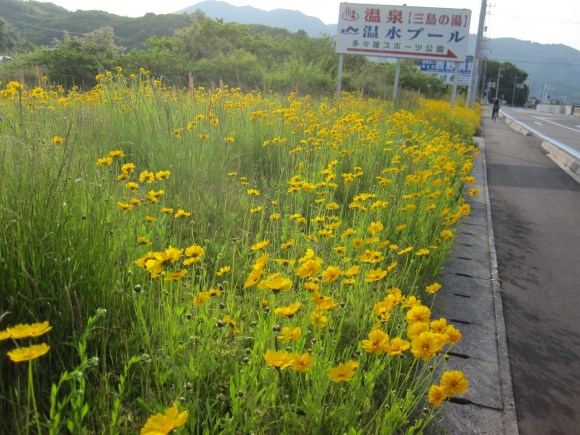

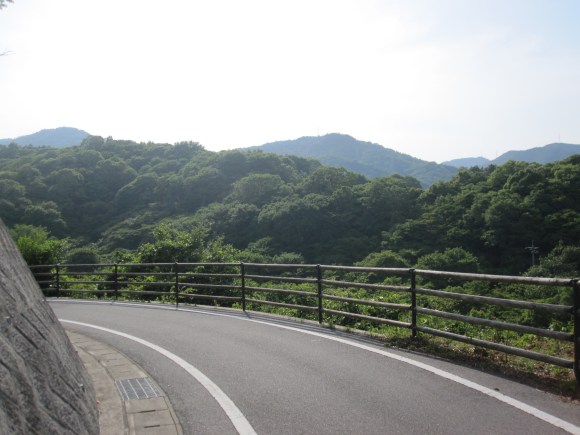
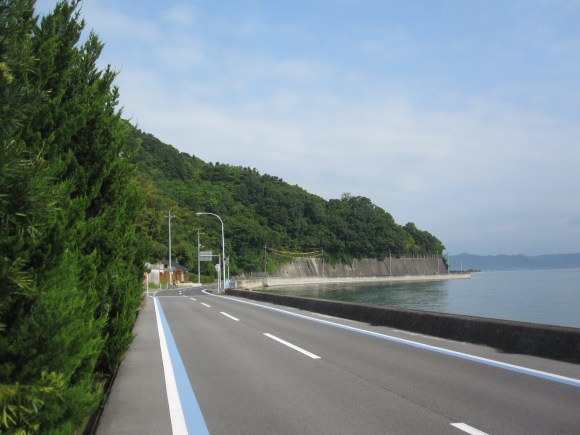
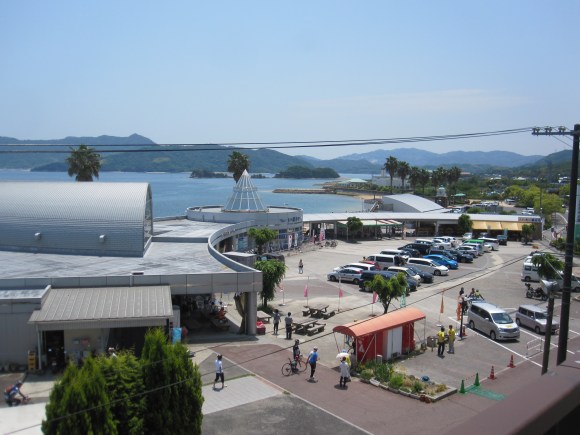

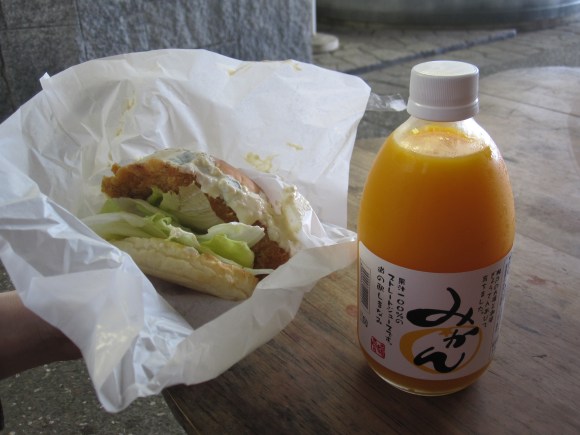
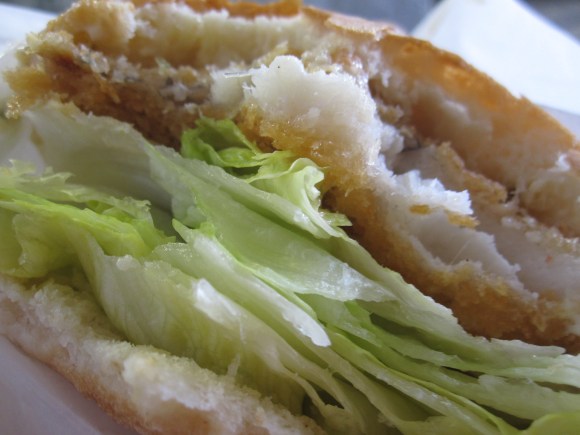

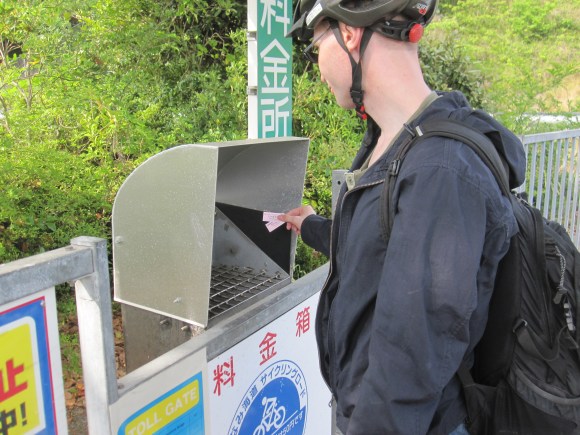
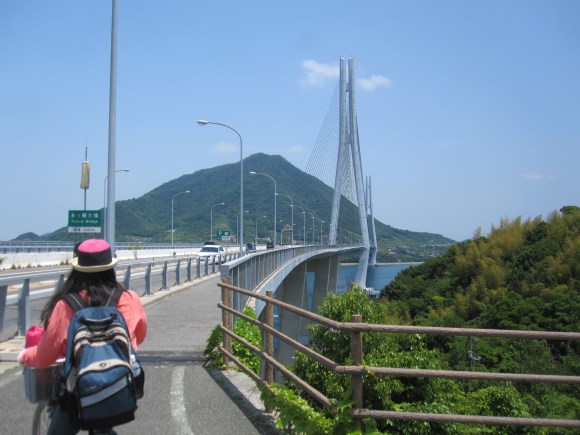
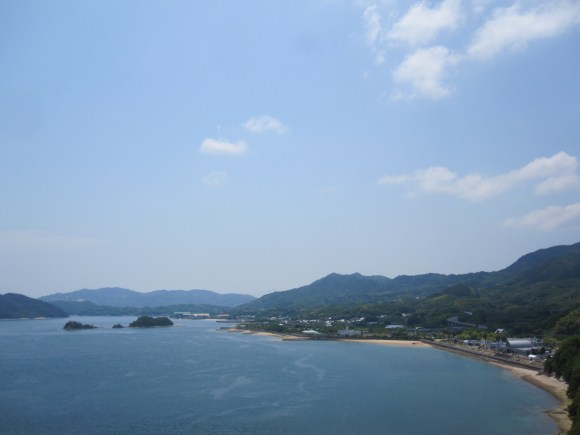
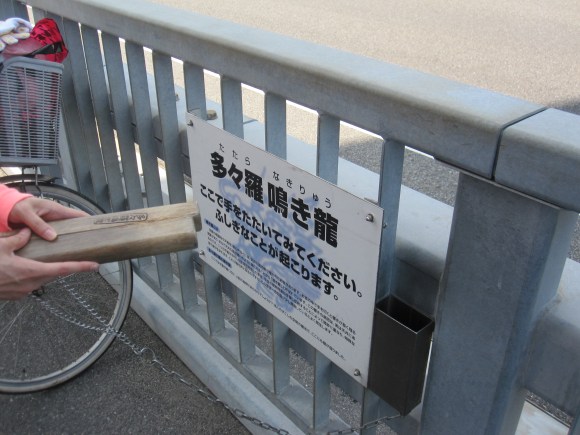
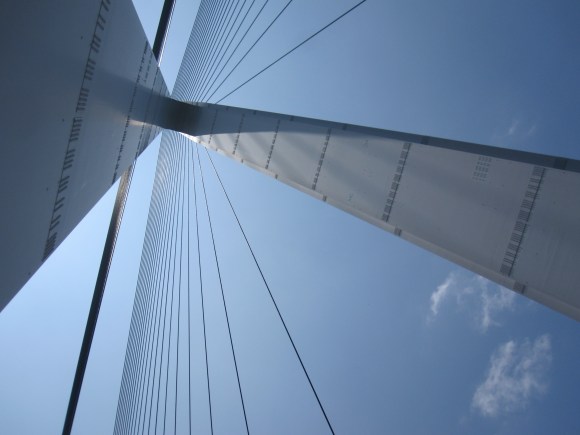
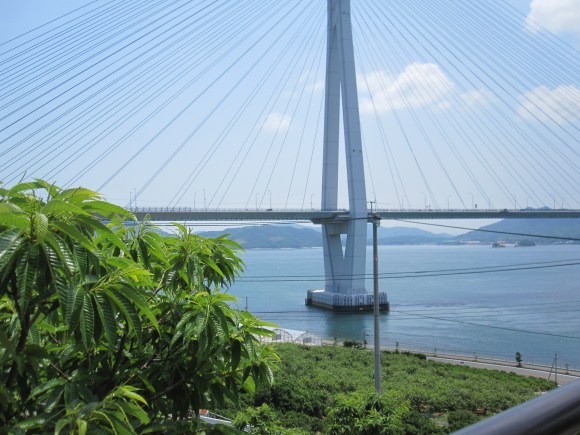
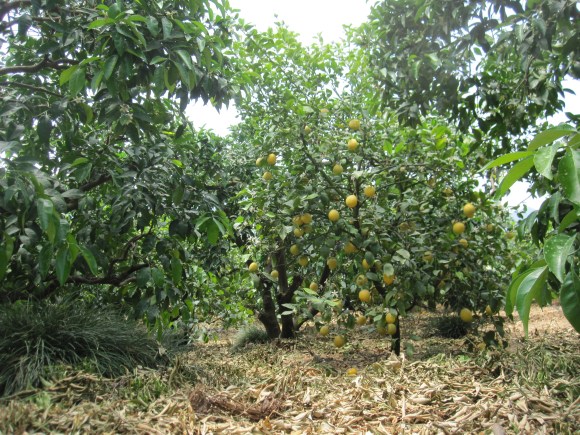
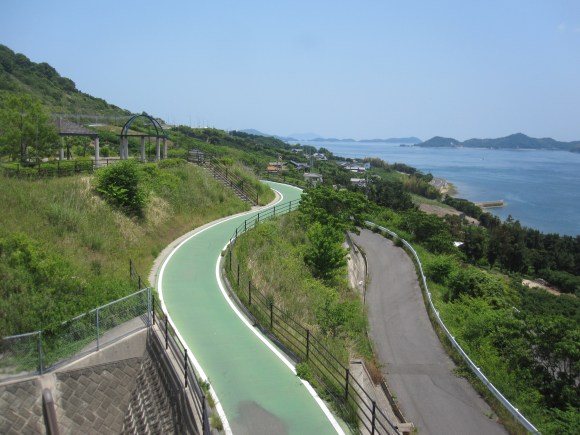
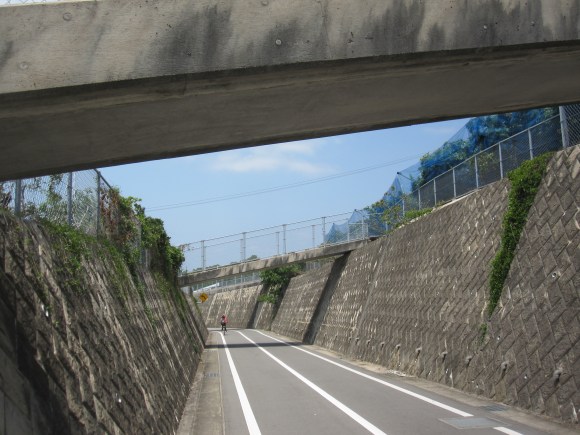
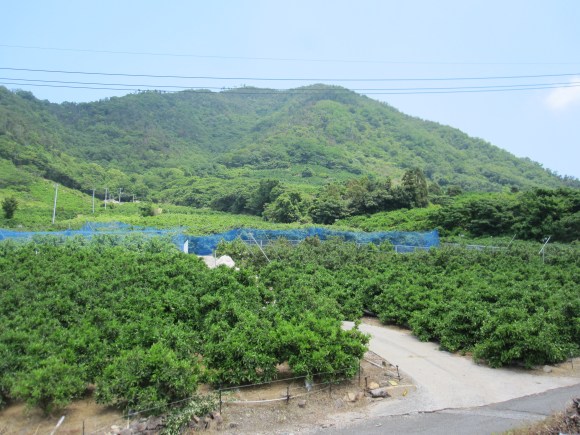
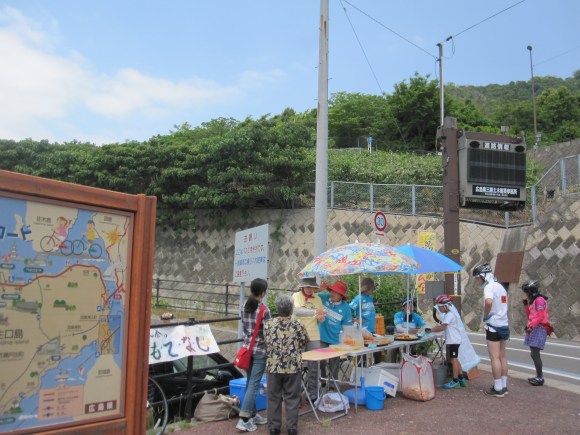
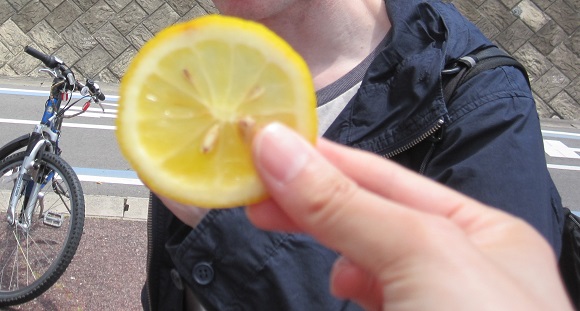
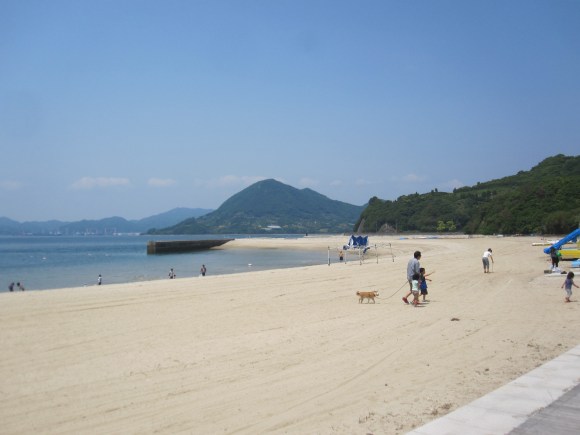
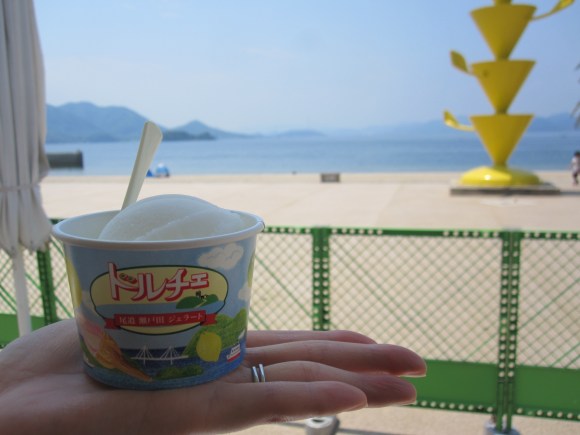
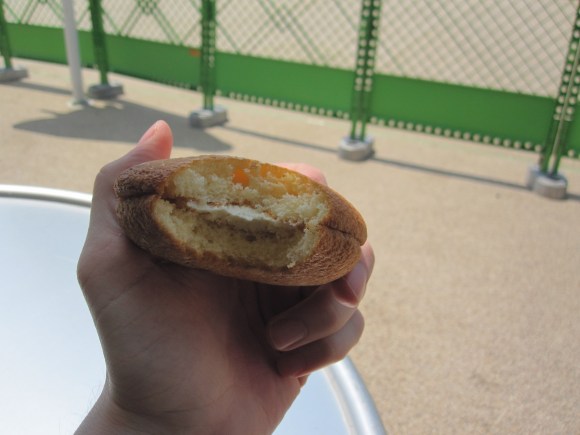
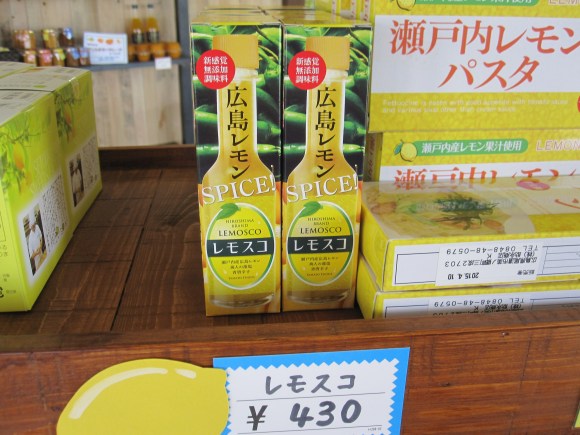
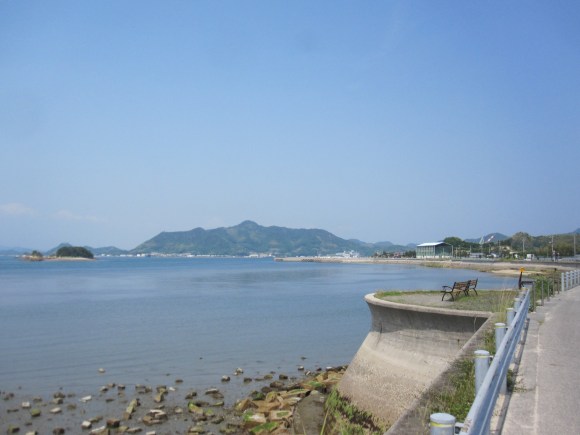
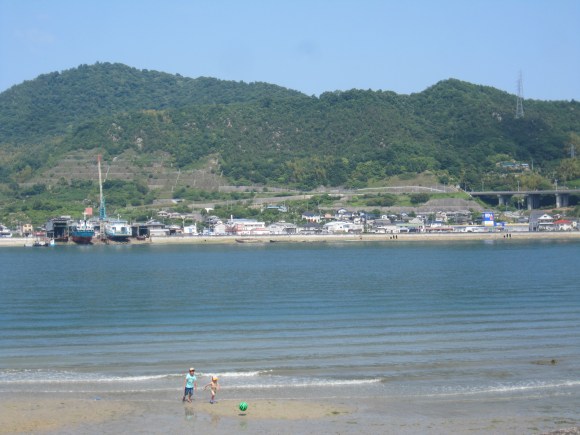
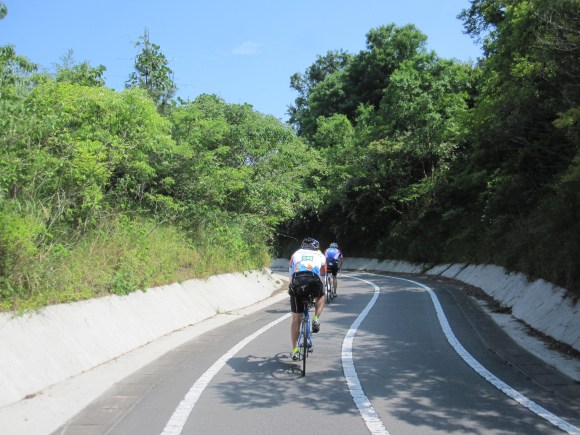
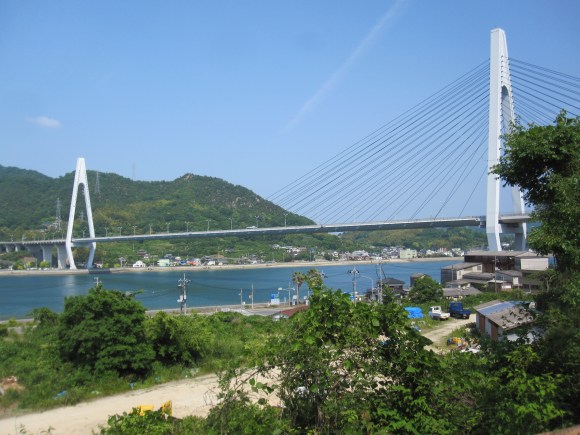
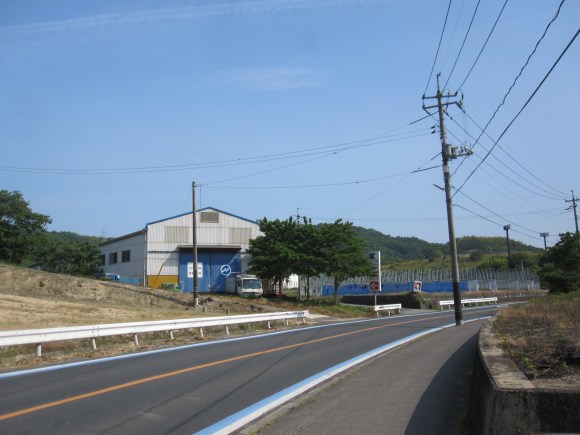
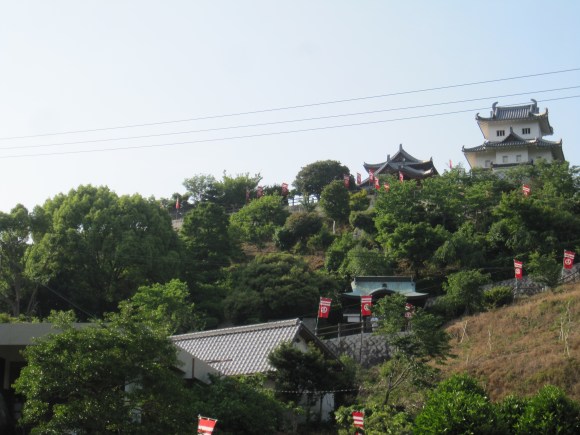
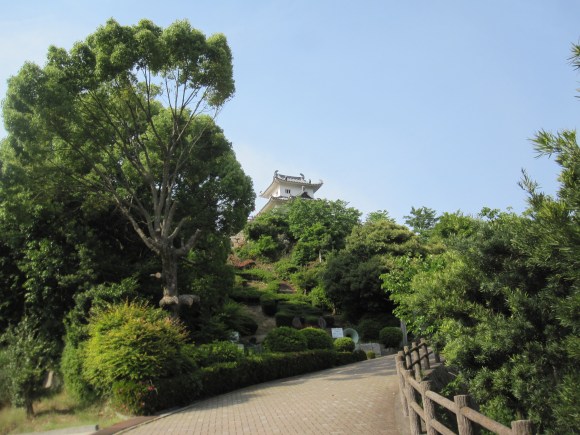
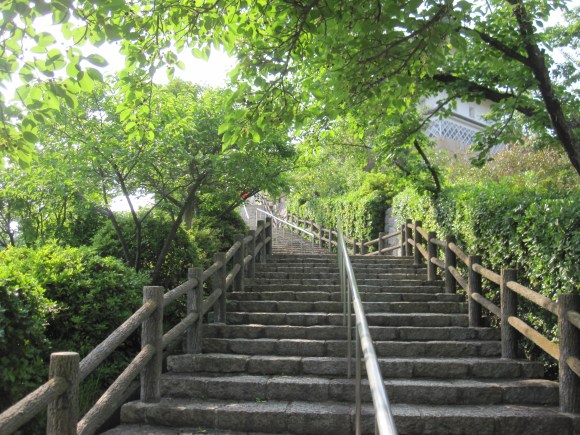
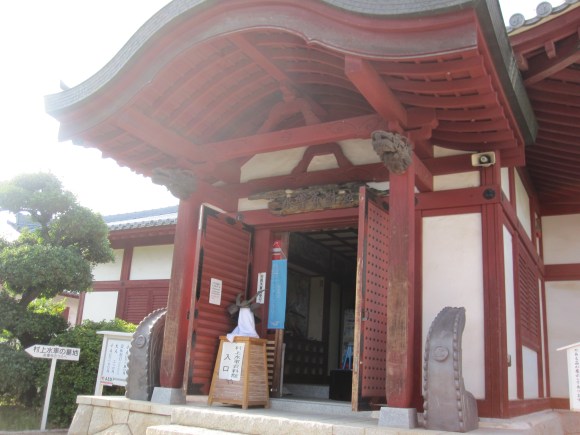
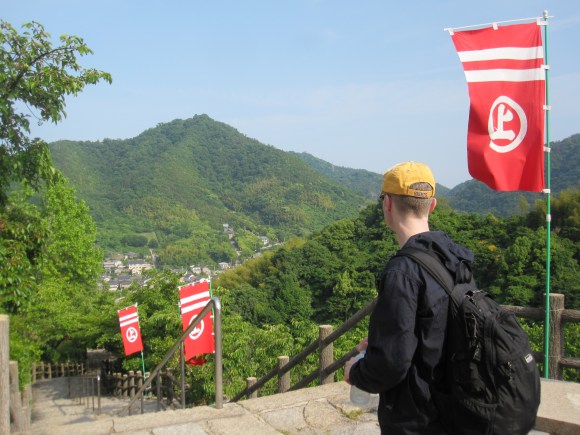
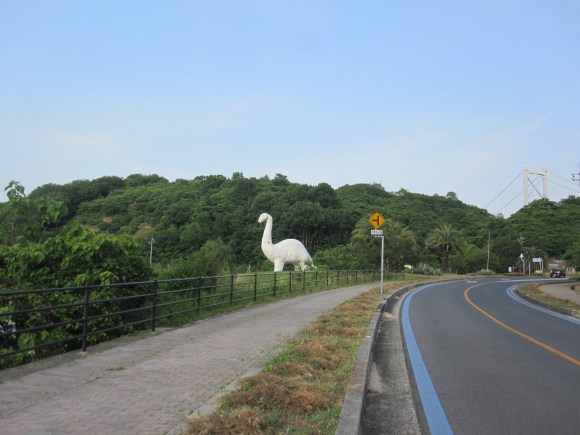
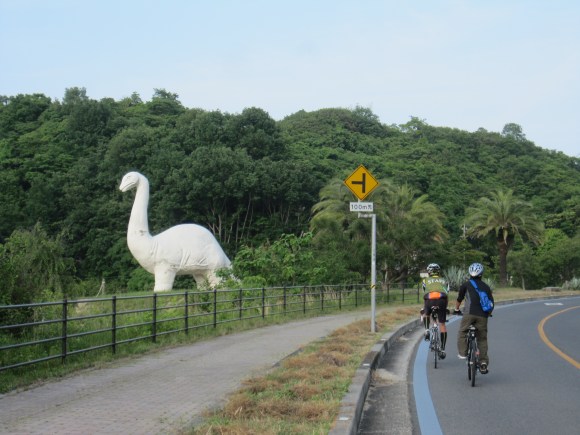
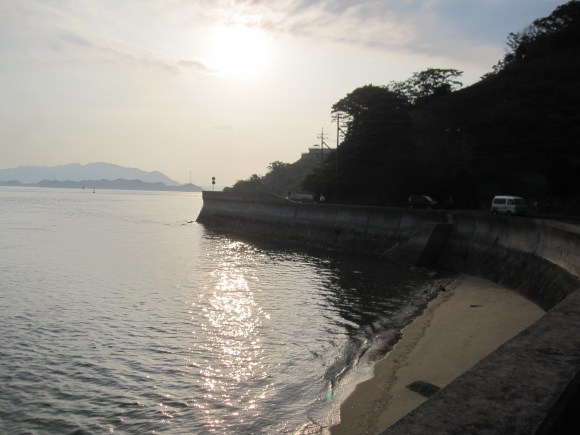
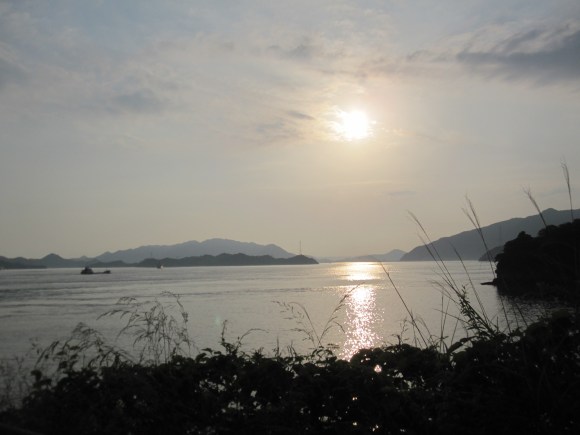
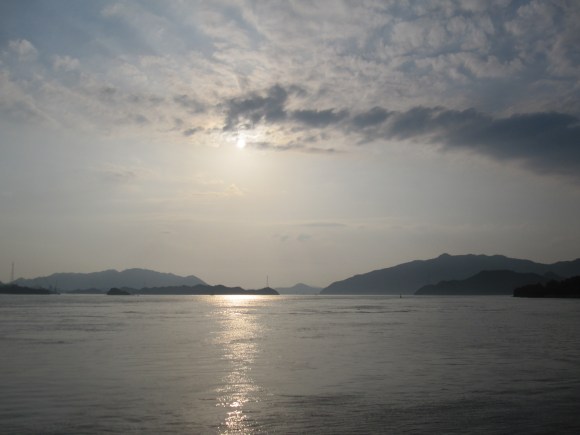
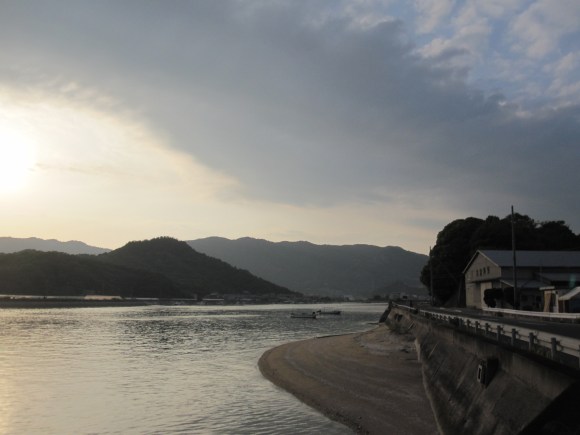
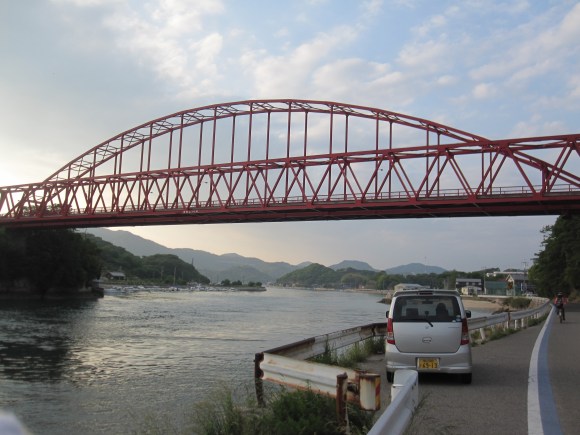
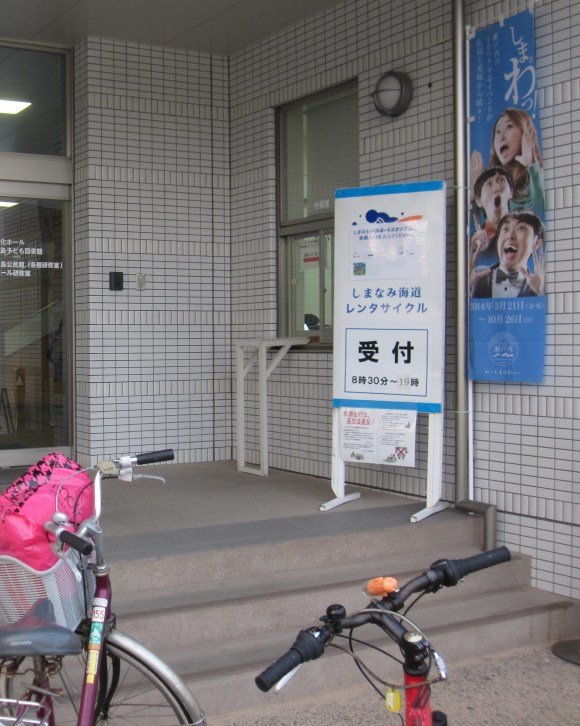
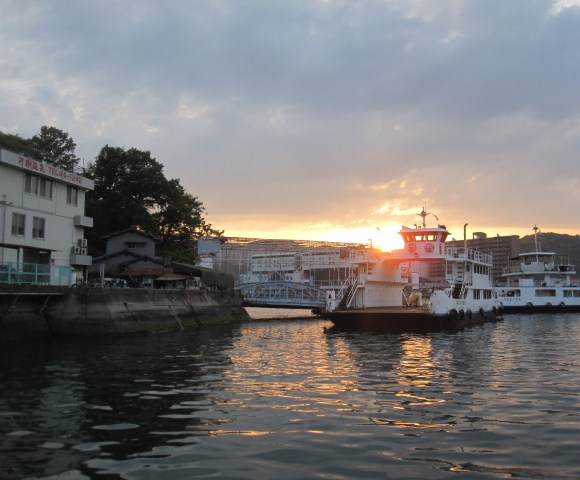
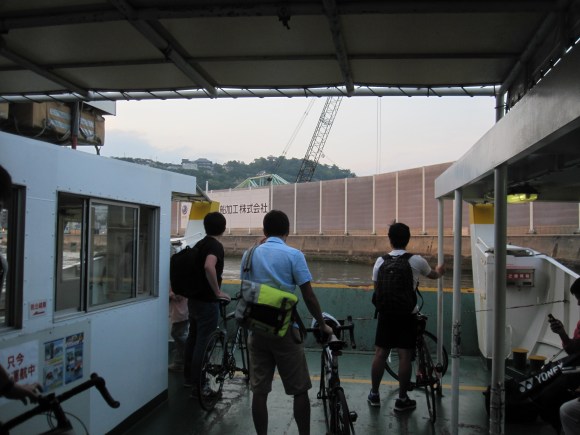
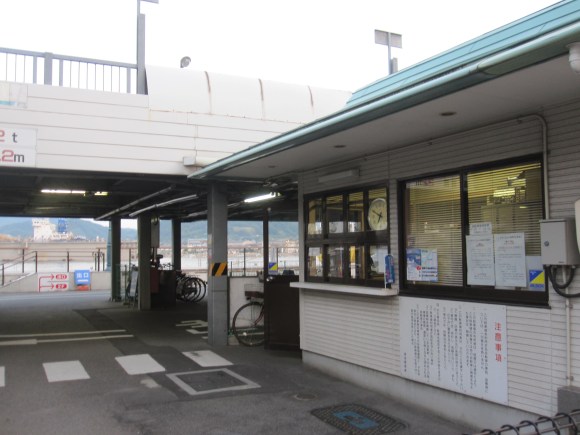
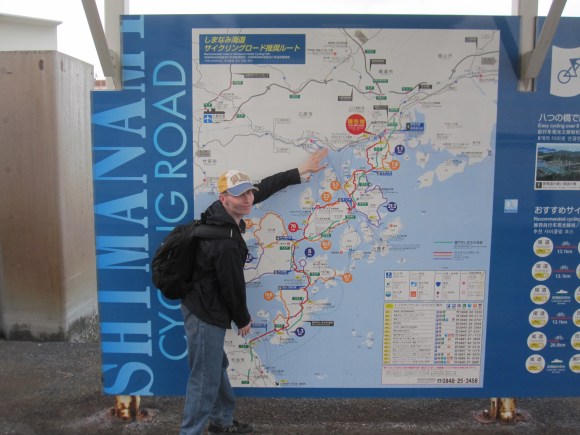
 Island-hopping by rental bike on Japan’s awesome Shimanami Kaido cycling road
Island-hopping by rental bike on Japan’s awesome Shimanami Kaido cycling road Japan’s Rabbit Island – Yes, it really does exist
Japan’s Rabbit Island – Yes, it really does exist Japan’s new luxury sightseeing train will show you part of the country most foreigners never see
Japan’s new luxury sightseeing train will show you part of the country most foreigners never see Japan travel: Best things to see, eat and do in Shimonoseki in Yamaguchi Prefecture
Japan travel: Best things to see, eat and do in Shimonoseki in Yamaguchi Prefecture No train, no hotel – How to do an overnight bus trip to Kanazawa from Tokyo – Part 1【Photos】
No train, no hotel – How to do an overnight bus trip to Kanazawa from Tokyo – Part 1【Photos】 That time Seiji called JASRAC to ask why he didn’t get paid royalties for his song being on TV
That time Seiji called JASRAC to ask why he didn’t get paid royalties for his song being on TV The best Starbucks Japan Frappuccinos we want to drink again in 2026
The best Starbucks Japan Frappuccinos we want to drink again in 2026 Hayao Miyazaki says Happy New Year to Studio Ghibli fans with new art for Year of the Horse
Hayao Miyazaki says Happy New Year to Studio Ghibli fans with new art for Year of the Horse Nagoya’s dark-red miso has continued to capture tastebuds for generations
Nagoya’s dark-red miso has continued to capture tastebuds for generations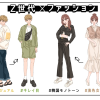 Survey reveals Japan’s Generation Z dresses for social media, not for self-expression
Survey reveals Japan’s Generation Z dresses for social media, not for self-expression Go, Super Alloy Kitty! Hello Kitty takes robot form and stars in original animated video
Go, Super Alloy Kitty! Hello Kitty takes robot form and stars in original animated video One Piece devil fruit ice cream coming back to Baskin-Robbins Japan
One Piece devil fruit ice cream coming back to Baskin-Robbins Japan Draw like a Studio Ghibli anime artist with exclusive watercolour set approved by Hayao Miyazaki
Draw like a Studio Ghibli anime artist with exclusive watercolour set approved by Hayao Miyazaki Japanese police are not messing around, with Patlabor robot mecha out on display 【Video】
Japanese police are not messing around, with Patlabor robot mecha out on display 【Video】 Many foreign tourists not picking up, paying for their orders at 100-year-old Tokyo sweets shop
Many foreign tourists not picking up, paying for their orders at 100-year-old Tokyo sweets shop Starbucks Japan ready to get Year of the Horse started with adorable drinkware and plushies【Pics】
Starbucks Japan ready to get Year of the Horse started with adorable drinkware and plushies【Pics】 Cyberpunk anime meets traditional culture in Ghost in the Shell gold leaf Japanese changing screens
Cyberpunk anime meets traditional culture in Ghost in the Shell gold leaf Japanese changing screens 7 great places to see Mt. Fuji from without having to climb it
7 great places to see Mt. Fuji from without having to climb it Hello Kitty Choco Egg figures are an adorable trip through three periods of Japanese pop culture【Pics】
Hello Kitty Choco Egg figures are an adorable trip through three periods of Japanese pop culture【Pics】 7-Eleven Japan’s ramen-cooking robot whipped us up a bowl of noodles【Taste test】
7-Eleven Japan’s ramen-cooking robot whipped us up a bowl of noodles【Taste test】 We found possibly the quietest Japanese-style hotel in Tokyo’s bustling Shinjuku district
We found possibly the quietest Japanese-style hotel in Tokyo’s bustling Shinjuku district Japan’s otoshidama tradition of giving kids money at New Year’s gets a social welfare upgrade
Japan’s otoshidama tradition of giving kids money at New Year’s gets a social welfare upgrade Sumo Sanrio! Hello Kitty and pals team up with Japan Sumo Association for new merch【Pics】
Sumo Sanrio! Hello Kitty and pals team up with Japan Sumo Association for new merch【Pics】 More Than a Capsule Stay: Why Solo Travelers Choose “global cabin Yokohama Chinatown”
More Than a Capsule Stay: Why Solo Travelers Choose “global cabin Yokohama Chinatown” Japan’s oldest largetooth sawfish in captivity back on display in Mie Prefecture
Japan’s oldest largetooth sawfish in captivity back on display in Mie Prefecture 7-Eleven Japan starts new temporary luggage storage service in over 300 branches
7-Eleven Japan starts new temporary luggage storage service in over 300 branches Disillusionment at Tsukiji’s tourist-target prices led us to a great ramen restaurant in Tokyo
Disillusionment at Tsukiji’s tourist-target prices led us to a great ramen restaurant in Tokyo Starbucks teams up with 166-year-old Kyoto doll maker for Year of the Horse decorations【Photos】
Starbucks teams up with 166-year-old Kyoto doll maker for Year of the Horse decorations【Photos】 Tokyo considering law requiring more trash cans following litter increase in heavily touristed area
Tokyo considering law requiring more trash cans following litter increase in heavily touristed area Tokyo’s Tsukiji sushi neighborhood asks tour groups to stay away for the rest of the month
Tokyo’s Tsukiji sushi neighborhood asks tour groups to stay away for the rest of the month Tokyo event lets you travel back in time, for free, to celebrate 100 years since Showa era start
Tokyo event lets you travel back in time, for free, to celebrate 100 years since Showa era start Sanrio theme park in Japan announces plans to expand into a Sanrio resort
Sanrio theme park in Japan announces plans to expand into a Sanrio resort Japan may add Japanese language proficiency, lifestyle classes to permanent foreign resident requirements
Japan may add Japanese language proficiency, lifestyle classes to permanent foreign resident requirements Stamina-destroying “Paralysis Noodles” are Tokyo’s newest over-the-top ramen innovation
Stamina-destroying “Paralysis Noodles” are Tokyo’s newest over-the-top ramen innovation Survey asks foreign tourists what bothered them in Japan, more than half gave same answer
Survey asks foreign tourists what bothered them in Japan, more than half gave same answer Japan’s human washing machines will go on sale to general public, demos to be held in Tokyo
Japan’s human washing machines will go on sale to general public, demos to be held in Tokyo Japan’s deadliest food claims more victims, but why do people keep eating it for New Year’s?
Japan’s deadliest food claims more victims, but why do people keep eating it for New Year’s? We deeply regret going into this tunnel on our walk in the mountains of Japan
We deeply regret going into this tunnel on our walk in the mountains of Japan Studio Ghibli releases Kodama forest spirits from Princess Mononoke to light up your home
Studio Ghibli releases Kodama forest spirits from Princess Mononoke to light up your home Major Japanese hotel chain says reservations via overseas booking sites may not be valid
Major Japanese hotel chain says reservations via overseas booking sites may not be valid Put sesame oil in your coffee? Japanese maker says it’s the best way to start your day【Taste test】
Put sesame oil in your coffee? Japanese maker says it’s the best way to start your day【Taste test】 No more using real katana for tourism activities, Japan’s National Police Agency says
No more using real katana for tourism activities, Japan’s National Police Agency says Starbucks Japan reveals new sakura drinkware collection, inspired by evening cherry blossoms
Starbucks Japan reveals new sakura drinkware collection, inspired by evening cherry blossoms Updated cherry blossom forecast shows extra-long sakura season for Japan this year
Updated cherry blossom forecast shows extra-long sakura season for Japan this year
Leave a Reply